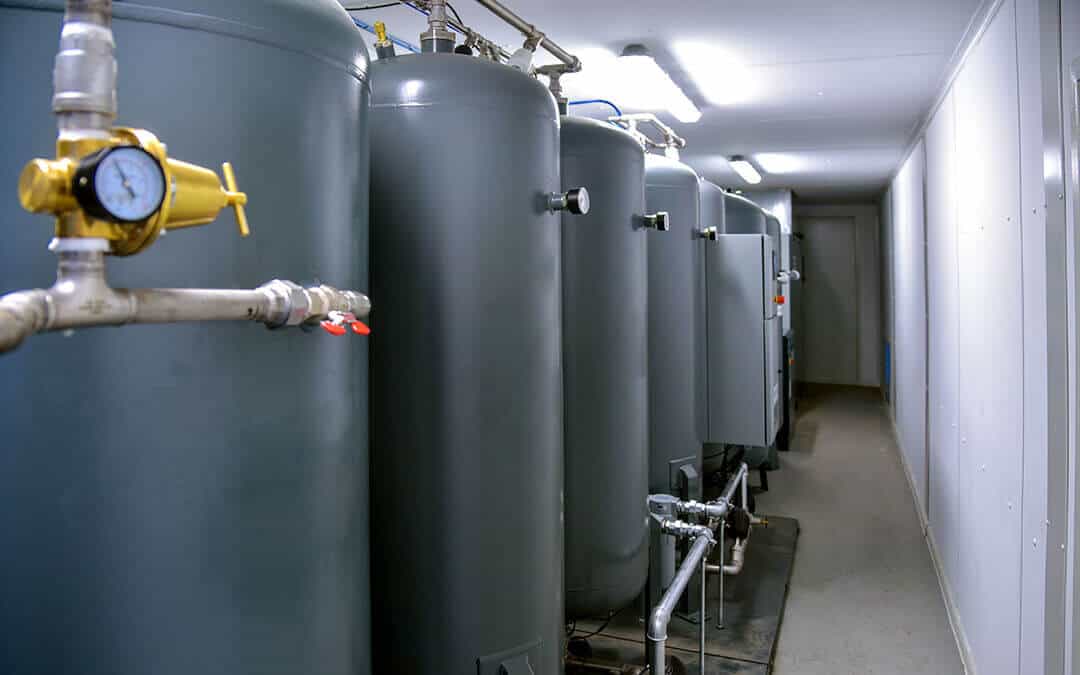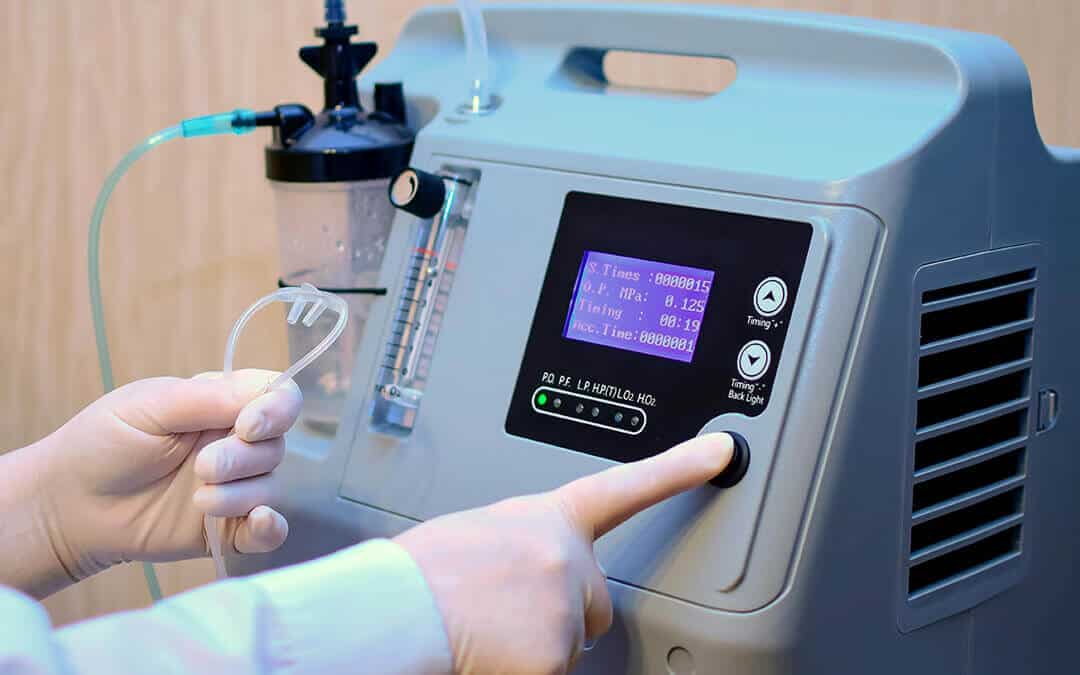For many, the terms “oxygen” and “medical oxygen” are used interchangeably. However, there are big differences between regular oxygen and medical oxygen. Though most oxygen gas sold in the United States is certified for human use, medical oxygen has special storage and handling requirements that set it apart from other types of oxygen. Here, we’ll discuss what medical oxygen is, how it can be made, and what this special gas is used for.
What Is Medical Oxygen?
Medical oxygen is a type of oxygen that has been developed specifically for use in the human body. Where industrial oxygen is not appropriate for human use due to its multiple impurities, medical oxygen is 100% concentrated oxygen and considered medically pure. Because of this purity, medical oxygen is suitable for a variety of medical settings.
However, because medical oxygen is so specialized, it must meet a host of federal, state and local regulations from a variety of administrations before use, including the FDA, the Compressed Gas Association (CGA) and the United States Pharmacopoeia (USP). Medical oxygen suppliers and manufacturers must also take crucial steps in producing, analyzing and distributing medical oxygen so that they remain in compliance with these standards. If you’re looking for a certified medical oxygen supplier, you’ll need to make sure that they are registered with the FDA and comply with cGMP parts 210 and 211.
How Is Medical Oxygen Made?

Because of its uniqueness, there are three main ways in which medical oxygen can be made:
Cryogenic plants
These industrial facilities freeze air so that the oxygen and nitrogen can separate, allowing for liquid oxygen to be formed. The liquid oxygen is then transported and stored in giant tankers until it is needed when it is converted back into a gas to be used. This is the most common method of medical oxygen production for hospitals across Europe and North America.
PSA plants
At PSA plants, ambient air is taken and the nitrogen is separated from the oxygen, which is left in gas form and stored. PSA plants are often located close to hospitals, allowing medical oxygen to be piped directly to patients or quickly used to refill cylinders.
Oxygen concentrators
Fully portable, these suitcase-sized machines directly convert ambient air into oxygen. Because of their ease and low cost, concentrators are widely used by hospitals and clinics. However, concentrators are often prone to breaking down, making them better suited to patients who require oxygen on a limited basis.
Once medical oxygen has been made in one of these ways, it begins the journey to its final destination — but not without a few checkpoints and requirements. Prior to storing, the FDA requires that all medical oxygen cylinders be free of contaminants, along with a chain of custody to prove that the cylinder is only being used for medical oxygen. Cylinders that had been used for other purposes should not be used for medical-grade oxygen unless they have been properly evacuated and cleaned. After storing, medical oxygen storage tanks are sampled to verify that the oxygen inside exceeds 99.5% purity. Once verified, the medical oxygen is loaded into a trailer, where it is analyzed again to confirm that it meets or exceeds the purity specification. Then, the medical oxygen heads to its destination, where a certificate of analysis (CoA) is provided to the hospital or recipient. Before reaching the patient, the FDA requires that a prescription be issued for the medical oxygen, in order to ensure user safety for their specific conditions. Through these incredibly particular standards, medical oxygen maintains its purity and carefully observed use.
What Is Medical Oxygen Used For?

Medical oxygen plays a critical part in medical centers, dental practices, veterinarian offices and more. Currently, medical oxygen is being widely used as an effective treatment for COVID-19, helping the immune system to fight the virus. Medical oxygen is also essential in:
- The treatment of pneumonia and sepsis
- Anesthesia and surgery
- Childbirth
- Emergency resuscitations
- Life support
- Oxygen therapy
- And more
While the medical oxygen process might seem complicated, don’t worry about it. At CalOx, we’re dedicated to making medical oxygen delivery, storage and service simple and dependable for our customers. FDA-certified and fully compliant with cGMP parts 210 and 211, CalOx is built to deliver medical oxygen to businesses like yours, including medical offices, dental practices and surgery centers. If you’re a small or medium-sized business in the Southern California area, contact CalOx today for your free quote!
Sources:
https://www.thebureauinvestigates.com/stories/2021-05-25/how-medical-oxygen-is-made
https://www.messer-us.com/blog/medical-oxygen-from-plant-to-patient
https://air-source.com/blog/what-is-medical-oxygen/
